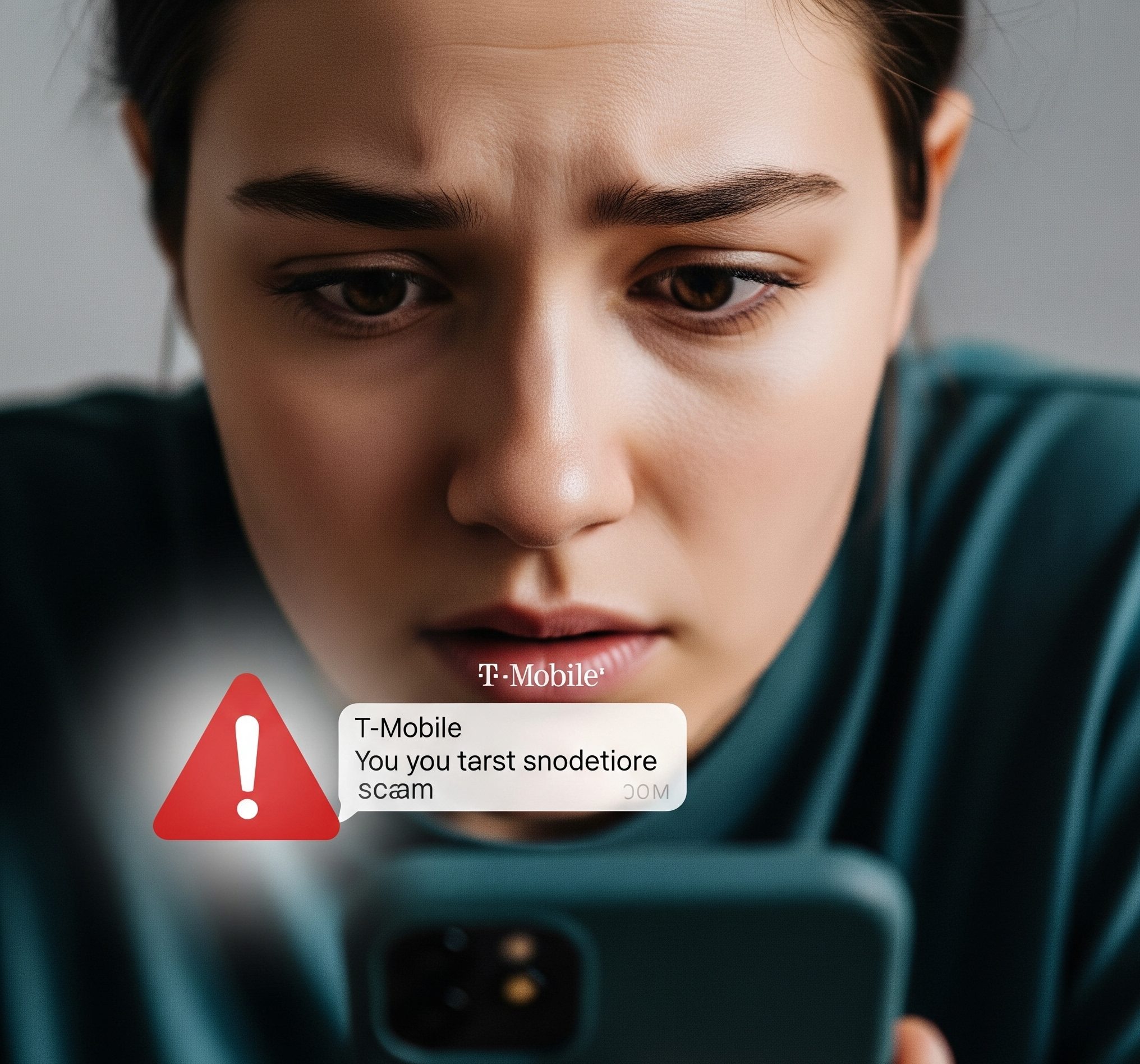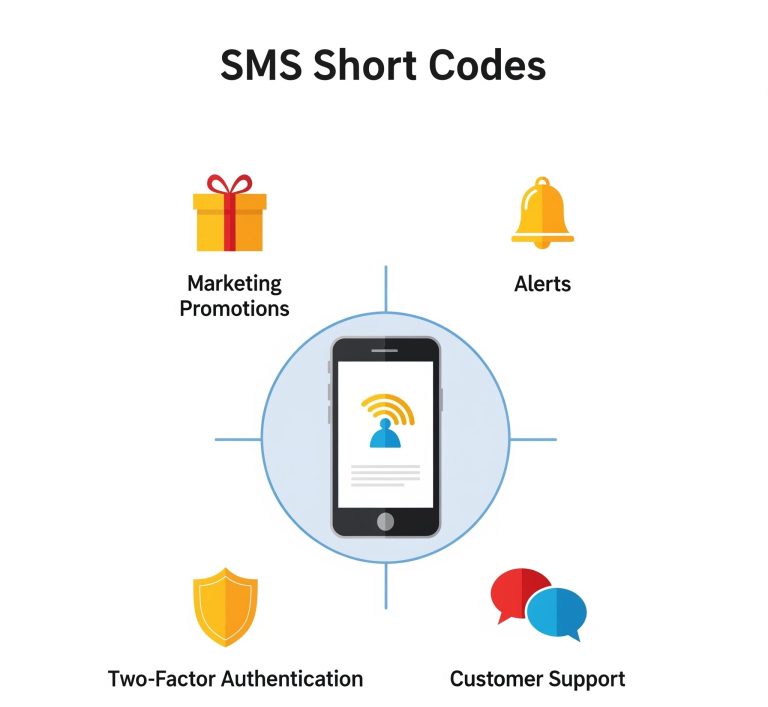In an age of constant digital communication, a simple text message can be a gateway to either vital information or a potential threat. For T-Mobile customers across the United States, the sudden appearance of a “t-mobile 462 text message” can be a source of confusion and, at times, alarm. This article will delve into the dual nature of this specific short code, helping you understand its legitimate purposes and, more importantly, how to identify and thwart the scams that exploit it.
Contents
What is the 462 Short Code?
In the world of mobile communication, short codes are abbreviated phone numbers, typically five or six digits long, used by businesses to send and receive text messages at a high volume. T-Mobile utilizes a number of these short codes for various official communications, and 462 is one of them.
Legitimate Uses of the “t-mobile 462 text message”
Primarily, T-Mobile uses the 462 short code for security purposes. When you attempt to log in to your T-Mobile account online or make certain changes to your account, you will likely receive a text message from 462 containing a one-time verification code, also known as a one-time PIN (OTP). This is a standard and crucial security measure known as two-factor authentication. It ensures that the person trying to access your account is indeed you.
These legitimate messages are typically brief and to the point. They will often state that the code is for security purposes and should not be shared. This is a critical piece of advice to remember.
The Dark Side: Scammers and the “t-mobile 462 text message”
The very mechanism designed to protect you is also being cleverly exploited by scammers. The prevalence of “t-mobile 462 text message” scams has put many customers on high alert, and for good reason.
How the Scam Works
The most common scam involving the 462 short code is a form of “smishing” (SMS phishing). Here’s a typical scenario:
- The Initial Contact: You receive an unsolicited phone call or text message from someone claiming to be a T-Mobile representative. The caller ID might even be spoofed to look like an official T-Mobile number.
- The Pretext: The scammer will create a sense of urgency or concern. They might claim there has been a fraudulent attempt to access your account, that you are eligible for a special promotion, or that there is a problem with your bill.
- The Trap: To “verify” your identity or “resolve” the issue, the scammer will tell you that they are sending a verification code to your phone. In reality, they are on the T-Mobile website initiating a password reset or other account change using your phone number. This action triggers a legitimate “t-mobile 462 text message” with a real verification code to be sent to your device.
- The Deception: The scammer will then ask you to read the code back to them over the phone. If you share this code, you are essentially handing over the keys to your account.
Once a scammer has access to your T-Mobile account, they can potentially view your personal information, change your plan, order new phones on your line, or even attempt to gain access to other online accounts that use your phone number for recovery purposes.

How to Protect Yourself: A Proactive Approach
The good news is that with a little vigilance, you can easily protect yourself from these scams. Here are some key steps to take:
Never Share Your Verification Codes
This is the golden rule. A legitimate T-Mobile employee will never ask you to read a verification code back to them over the phone. These codes are for your eyes only. Think of it like your bank PIN – you wouldn’t share that with a stranger, and the same principle applies here.
Be Wary of Unsolicited Contact
If you receive an unexpected call or text from someone claiming to be from T-Mobile, be suspicious. Scammers are masters of social engineering and can be very persuasive. Do not provide any personal information or confirm any details over the phone.
Verify Independently
If you are concerned about a potential issue with your account, hang up and contact T-Mobile directly through their official channels. You can call their customer service number (611 from your T-Mobile phone), use the T-Mobile app, or log in to your account on their official website. This ensures you are speaking to a legitimate representative.
Report Suspicious Messages
If you receive a suspicious text message, you can report it to T-Mobile by forwarding the message to 7726 (which spells “SPAM” on a phone’s keypad). This helps T-Mobile track and block fraudulent numbers.
What to Do If You’ve Fallen for a Scam
If you suspect you may have inadvertently shared a verification code or fallen victim to a scam, it’s crucial to act quickly:
- Change Your Password: Immediately log in to your T-Mobile account and change your password. If you are locked out, contact T-Mobile’s fraud department right away.
- Review Your Account: Carefully check your account for any unauthorized changes, such as new lines added or equipment ordered.
- Monitor Your Financial Accounts: Keep a close eye on your bank and credit card statements for any fraudulent activity.
- Place a Fraud Alert: Consider placing a fraud alert on your credit reports with the major credit bureaus (Equifax, Experian, and TransUnion).
conclusion
The “t-mobile 462 text message” is a tool that, when used correctly, helps secure your account. However, by staying informed and vigilant, you can ensure that this tool works for you and not against you. Remember, when it comes to your personal information, a healthy dose of skepticism is your best defense.







